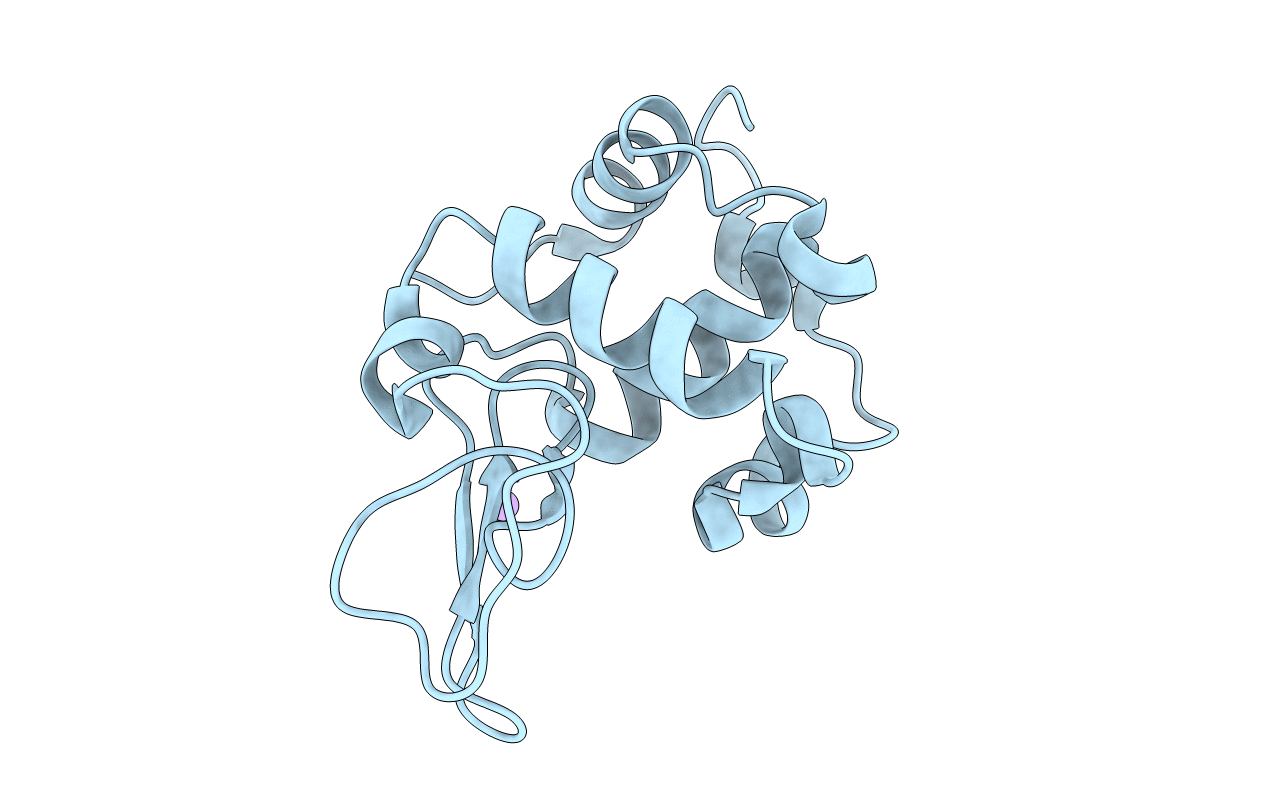
Deposition Date
2002-06-06
Release Date
2003-07-22
Last Version Date
2024-10-09
Method Details:
Experimental Method:
Resolution:
1.80 Å
R-Value Work:
0.17
Space Group:
P 21 21 21


